The Correct Way To Sharpen Drill Bits Using A Picador Drill Sharpening Jig With Custom Base
| Richard Kent 1 | 31/05/2022 23:41:53 |
| 53 forum posts 40 photos |
For anyone interested in setting up a Picador drill sharpening jig correctly.......................
Edited By Richard Kent 1 on 31/05/2022 23:46:09 Edited By Richard Kent 1 on 31/05/2022 23:47:07 |
| Speedy Builder5 | 01/06/2022 06:08:16 |
| 2878 forum posts 248 photos | And Ps: I was taught "Never grind on the side of a grinding wheel" Where did that go out of the window ?? |
| Michael Gilligan | 01/06/2022 06:41:04 |
23121 forum posts 1360 photos | Posted by Speedy Builder5 on 01/06/2022 06:08:16:
And Ps: I was taught "Never grind on the side of a grinding wheel" Where did that go out of the window ?? . It is covered surprisingly well by the CAUTION on the box MichaelG. Edited By Michael Gilligan on 01/06/2022 06:46:16 |
| DC31k | 01/06/2022 07:40:16 |
| 1186 forum posts 11 photos | Posted by Speedy Builder5 on 01/06/2022 06:08:16:
And PS: I was taught "Never grind on the side of a grinding wheel" Where did that go out of the window ?? Language is used in a context. The truth of a statement has to be assessed within the context in which it is made. If we want to modify what you have been taught, we could say 'never FREEHAND grind on the side of a grinding wheel'. There is a huge difference between you pressing a rusty bit of iron into the side of a wheel and the delicate, controlled movement and depth of cut the jig produces. One is freehand grinding where the advice is good and correct. The other is tool/cutter grinding where it has less validity. If I mention cup and saucer wheels, can we have a discussion of what constitutes the side or face of these? |
| John ATTLEE | 01/06/2022 07:54:22 |
| 49 forum posts | Dear All, This thread has motivated me to re-commission my Picador drill grinding jig. I will make a similar base. What a shame that it has been produced with such cheap and coarse screw threads. John |
| David Noble | 01/06/2022 08:46:13 |
402 forum posts 37 photos | Posted by Speedy Builder5 on 01/06/2022 06:08:16:
And Ps: I was taught "Never grind on the side of a grinding wheel" Where did that go out of the window ?? My understanding for this, is that it's difficult to dress the side of the wheel. David |
| Richard Kent 1 | 01/06/2022 09:08:07 |
| 53 forum posts 40 photos | @Michael Gilligan - Mike you are right. Normally you don't use the side of the wheel to grind but Picador advise you do it with caution.
R Edited By Richard Kent 1 on 01/06/2022 09:15:25 |
| Richard Kent 1 | 01/06/2022 09:13:25 |
| 53 forum posts 40 photos | John ATTLEE - John, I have uploaded a photo of the base for you which I used to mount the grinder and Picador jig..... Edited By Richard Kent 1 on 01/06/2022 09:14:51 Edited By Richard Kent 1 on 01/06/2022 09:19:30 |
| Mike Poole | 01/06/2022 09:15:07 |
3676 forum posts 82 photos | I think the do not grind on the side of the wheel is a general piece of advice to cover the activities of complete idiots. To list exceptions will become a subjective list that an idiot will be unable to interpret sensibly. Tool rests often do not extend to the side and a light touch grind and a heavy grind are very different, wear on the side will eventually be an issue as will dressing. A diamond dresser is very different from a Huntingdon type starwheel dresser. I think the picador type tool is aimed at occasional use and is not a heavy duty tool. A cup wheel is designed for side grinding but they are for precision tool grinding rather than fetteling castings. These are my opinions and I am not at all qualified to advise on grinding operations but as an occasional side wheel user I have not had any problems but I have never needed to dress the side of the wheel either. If I used the side enough to need to dress it then I think I would consider using a grinder designed for this rather than an off hand workshop grinder. Mike |
| Richard Kent 1 | 01/06/2022 09:18:43 |
| 53 forum posts 40 photos | Mike Poole - Mike I wanted to reassure you that if you use a 20mm wheel then you can grind on the side of the wheel with caution and taking small cuts as recommended in the Picador instructions. Perhaps reinforce the opposite side of the wheel with a metal or plywood disc as I suggested above.
Edited By Richard Kent 1 on 01/06/2022 09:19:09 Edited By Richard Kent 1 on 01/06/2022 09:23:41 |
| Mike Hurley | 01/06/2022 09:34:23 |
| 530 forum posts 89 photos | This has been aired several times over the years, and opinions differ. The Harold 'Hall Tool & cutter sharpening' book shows this method in a large colour picture on the cover, which may give a false impression of correctness for beginners if they don't read the full text inside. To be honest, I find these jigs just a bit of a pain sometimes - the are OK for larger drills say 8 - 10mm + but give variable results under those sizes. OK it might be me - I'll admit it - but I have persevered with those on and off over a number of years with mixed results. In the past i have knocked up special bases to permit the correct height setting when using the front edge of the grinding wheel, a sliding base to give a threaded micrometer-like feed to the jig (that was from an Internet idea) but nothing seemed wholly successful. It always seems to end up an issue cutting the second edge - they still seem to come out slightly uneven. All the best, Mike |
| Clive Foster | 01/06/2022 09:37:32 |
| 3630 forum posts 128 photos | Removing and replacing the drill after setting the point projection before grinding the first edge gave me more consistent results. Presumably the actual position taken up by the drill point when adjusting the projection can be slightly different from that resulting from simply putting the drill into a preset jig. Most likely due to the difference between sliding against the little rotation setting gauge on the end as you set projection and simply placing against it when merely inserting the drill. Any such effects mean the point grind will differ between the two edges. Using identical insertion technique on both edges avoids this, very inconsistent, effect. I also made a U section guide mount for my base. Needed to make it higher to reach the right part of my grinder so it seemed sensible to make sure it always stayed perpendicular to the wheel when setting the base. Plans to add a screw adjuster to reliably set the position and add the requisite tiny cuts between swings never reached fruition. I did try making a tighter, more controlled swing pivot than the simple, rather flexible, plate across the cast Vee in the base. Which significantly dis-improved performance! On reflection many years later after getting my Clarkson attachment I reckon the flexible plate acts as a crude spring limiting the force on the drill point when grinding. The Clarkson has a proper spring for this. Presumably too solid a mount gives too much force on the wheel and poorly controlled grinding. The grinding a hollow in the wheel objection is valid but probably moot given that this is a consumer grade product and that most won't get enough use to seriously consume the wheel. I put a cup wheel on my grinder. Not only a complete solution to any such worries but also letting me fit a large grinding rest perpendicular to the spindle. Simplified Hemingway Worden style. The Picador base lived underneath. Two studs and wing nuts held the table down so it could esily be removed for drill grinding. John is a bit unfair in in his comments about cheap screw threads. Its fair to say that, as an unfortunate necessity to meet a price / performance ratio acceptable to its target market, the constructional and engineering standards of the Picador are lower than one would ideally like. As is the case with all such devices. I got mine around 1972-74 on a special offer price, reduced from £7-50 to £5 as I recall things, when I was earning maybe £650 a year. In those days cheap crap wasn't cheap! You could buy a half decent 1/64" to 1/4" drill set for similar money. Significantly better engineering would have been unaffordable. If you were going to make a better device you'd use a different design. feel its a great pity that an updated version of the concept using the ingenious flip over Vee drill carrier and drill point projection gauge used on the original PlasPlugs drill sharpening system has never been produced. This would effectively mechanically resolve pretty much all the set-up related issues. I imagine that given the will a really nicely engineered set-up to use with your grinder could be made for less than the rather cheaply made "£40 (ish)" PlasPlugs grinder system knock offs with integral grinder from the usual suspects. Clive Edited By Clive Foster on 01/06/2022 09:39:29 |
| Richard Kent 1 | 01/06/2022 09:38:28 |
| 53 forum posts 40 photos | Mike Hurley - Mike, I always blame my tools when I get things wrong But seriously, these jigs work perfectly for even small drill bits if you ensure you set up the jig properly and you ensure the cutting edges are at the 5-to-5 position. I have recently sharpened 3mm drill bits with no problem at all. |
| Richard Kent 1 | 01/06/2022 09:42:06 |
| 53 forum posts 40 photos | Clive Foster - Clive, if you set up the grinder and jig as shown you will get perfectly good drill bits. There is no need for any further modification. |
| Mike Hurley | 01/06/2022 09:54:06 |
| 530 forum posts 89 photos | The versions I had were Draper brand, and from what I remeber the instructions were limited and a bit confusing, the diagrams smudgy. Yours seems to be fairlly vague about how far the drill tip should project, as best as I can read it says 1/16th" or increased for 1/4" drills and larger. The ones I had always said to specifically project one half of the drills diameter, and there was nothing about this 5 to 5 positioning. Perhaps I'll give mine another go with 'your' instructions! regards Mike
|
| Richard Kent 1 | 01/06/2022 09:57:23 |
| 53 forum posts 40 photos | Regarding where I purchased the Silicon Carbide grinding wheel
Speak to
If anybody wishes to purchase from .................. they can use the discount code of ................. = 10% discount on all wheels
https://www...........................
Edited By Richard Kent 1 on 01/06/2022 10:14:38 Edited By Richard Kent 1 on 01/06/2022 10:15:06 Edited By JasonB on 05/06/2022 18:33:44 |
| Mark Rand | 01/06/2022 10:46:07 |
| 1505 forum posts 56 photos | A couple more points
|
| Peter G. Shaw | 01/06/2022 10:46:21 |
1531 forum posts 44 photos | Might I suggest a search of the forum as there have been a number of threads concerning this topic. In particular, try a search for "Spiralux" and also a search for "Graham Meek - Mods to (copies of ) Picador drill grinding jigs." I own one of the Spiralux jigs which incorporates a slight angle on the spindle around which the actual jig rotates. My reading is that this "lean" is beneficial. Sorry, I can't tell you what the angle is, or which way, although I think it's toward the grinding wheel. Obviously mine works which means that I haven't paid any real attention to these threads. I have found that for drills below 3.0mm, well, forget it! For drills between 3.0 & 4.0mm, it is possible but requires a lot of care. Drills between 4.0mm and, oh, dunno, 10mm say, the jig is satisfactory - as long as you can get the drill into the jig. The end result is that for drills below 4.0mm, I buy in packs of 5, others I sharpen. Grinding on the side of the wheel. Well, enough has been said already. It is acceptable as long as the loads are kept light. Cheers, Peter G. Shaw p.s Incidently, my biggest problem is that my grinder, bought some 30+ years ago, gets hot, very hot, sometimes too much to touch, if used continuously, hence I limit my grinding until the grinder becomes noticeably warm. |
| John MC | 01/06/2022 11:22:13 |
464 forum posts 72 photos | Great to see someone getting good results with a Picador drill grinding attachment. i acquired one many years ago and thought what a load of rubbish. Never the less I gave it a go and was surprised at just how good a job it did once I had sorted out the mounting of it on the grinder. Two things I did with it, firstly I removed the drill clamping thing. Light finger pressure held the drill in place and made swapping the cutting edge over much easier, important as this needs to be done frequently to ensure perfectly mirrored edges. Secondly, I made the end stop screw somewhat stiffer in operation, it had a tendency to move during use. Not used the tool in a while now, I have a drill grinder that, if I'm honest, doesn't do a better job but is more versatile with regard to angles and point thinning. John
|
| Richard Kent 1 | 01/06/2022 11:30:26 |
| 53 forum posts 40 photos | Mark Rand - You raised some good points. Lots of opportunity to refine and modify once someone has the basic setup. The purpose of the post was to keep it simple initially so that the user can gain confidence and experience. R |
Please login to post a reply.
Want the latest issue of Model Engineer or Model Engineers' Workshop? Use our magazine locator links to find your nearest stockist!
Sign up to our newsletter and get a free digital issue.
You can unsubscribe at anytime. View our privacy policy at www.mortons.co.uk/privacy
- hemingway ball turner
04/07/2025 14:40:26 - *Oct 2023: FORUM MIGRATION TIMELINE*
05/10/2023 07:57:11 - Making ER11 collet chuck
05/10/2023 07:56:24 - What did you do today? 2023
05/10/2023 07:25:01 - Orrery
05/10/2023 06:00:41 - Wera hand-tools
05/10/2023 05:47:07 - New member
05/10/2023 04:40:11 - Problems with external pot on at1 vfd
05/10/2023 00:06:32 - Drain plug
04/10/2023 23:36:17 - digi phase converter for 10 machines.....
04/10/2023 23:13:48 - More Latest Posts...
- View All Topics
- Reeves** - Rebuilt Royal Scot by Martin Evans
by John Broughton
£300.00 - BRITANNIA 5" GAUGE James Perrier
by Jon Seabright 1
£2,500.00 - Drill Grinder - for restoration
by Nigel Graham 2
£0.00 - WARCO WM18 MILLING MACHINE
by Alex Chudley
£1,200.00 - MYFORD SUPER 7 LATHE
by Alex Chudley
£2,000.00 - More "For Sale" Ads...
- D1-3 backplate
by Michael Horley
Price Not Specified - fixed steady for a Colchester bantam mark1 800
by George Jervis
Price Not Specified - lbsc pansy
by JACK SIDEBOTHAM
Price Not Specified - Pratt Burnerd multifit chuck key.
by Tim Riome
Price Not Specified - BANDSAW BLADE WELDER
by HUGH
Price Not Specified - More "Wanted" Ads...
Do you want to contact the Model Engineer and Model Engineers' Workshop team?
You can contact us by phone, mail or email about the magazines including becoming a contributor, submitting reader's letters or making queries about articles. You can also get in touch about this website, advertising or other general issues.
Click THIS LINK for full contact details.
For subscription issues please see THIS LINK.
Model Engineer Magazine
- Percival Marshall
- M.E. History
- LittleLEC
- M.E. Clock
ME Workshop
- An Adcock
- & Shipley
- Horizontal
- Mill
Subscribe Now
- Great savings
- Delivered to your door
Pre-order your copy!
- Delivered to your doorstep!
- Free UK delivery!

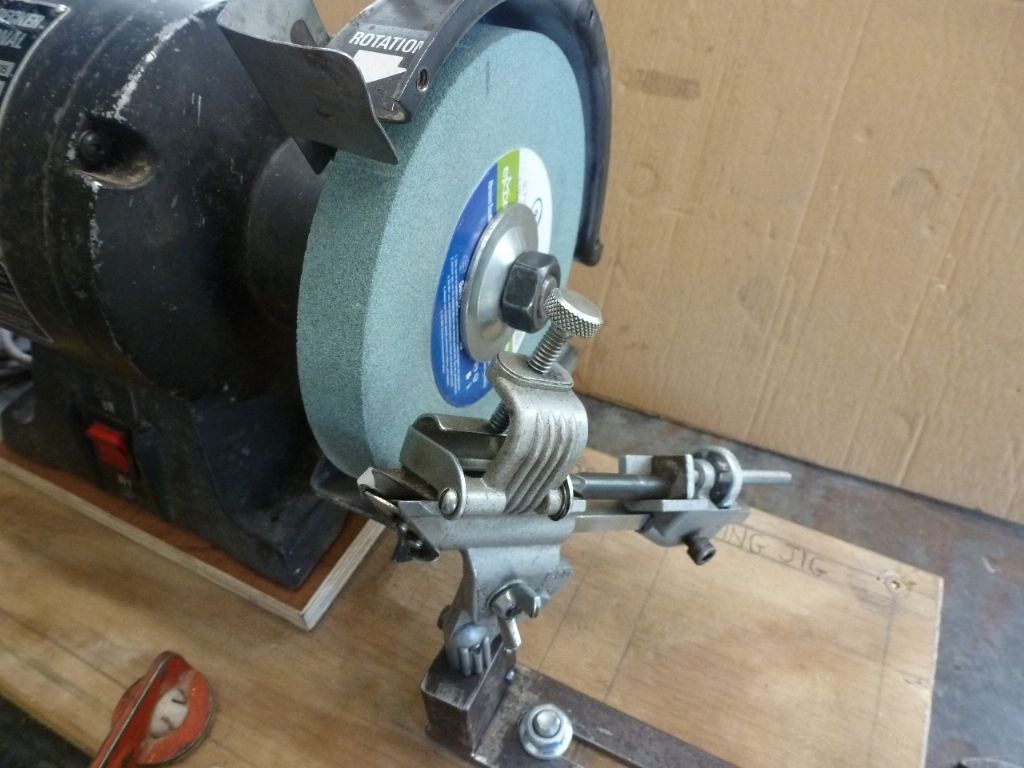
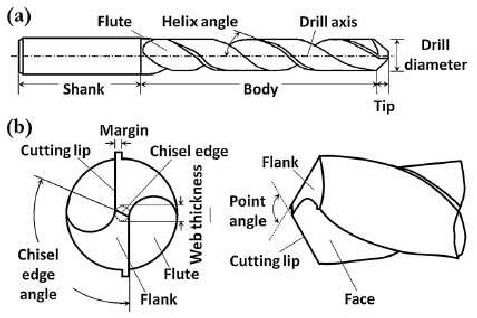
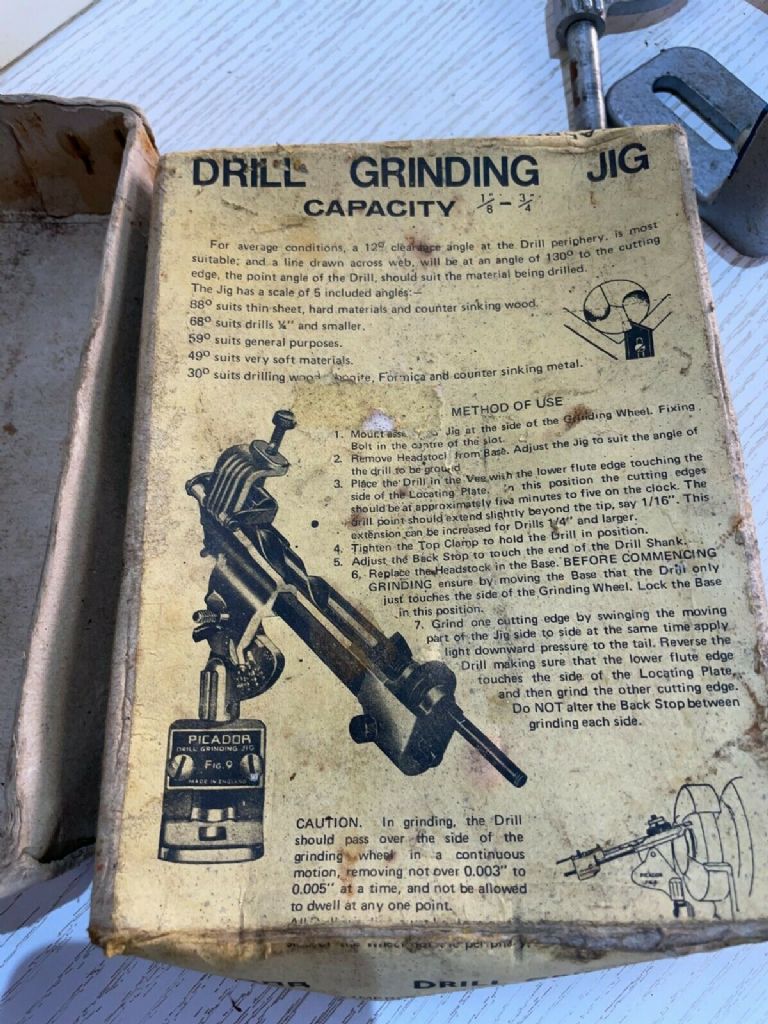

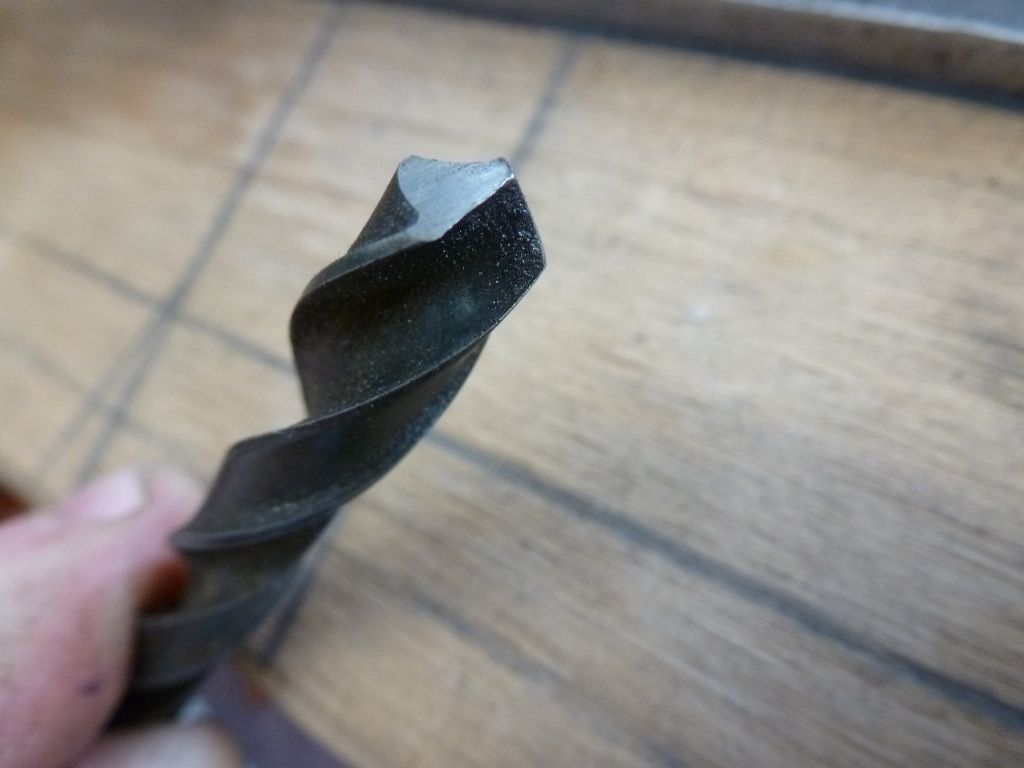
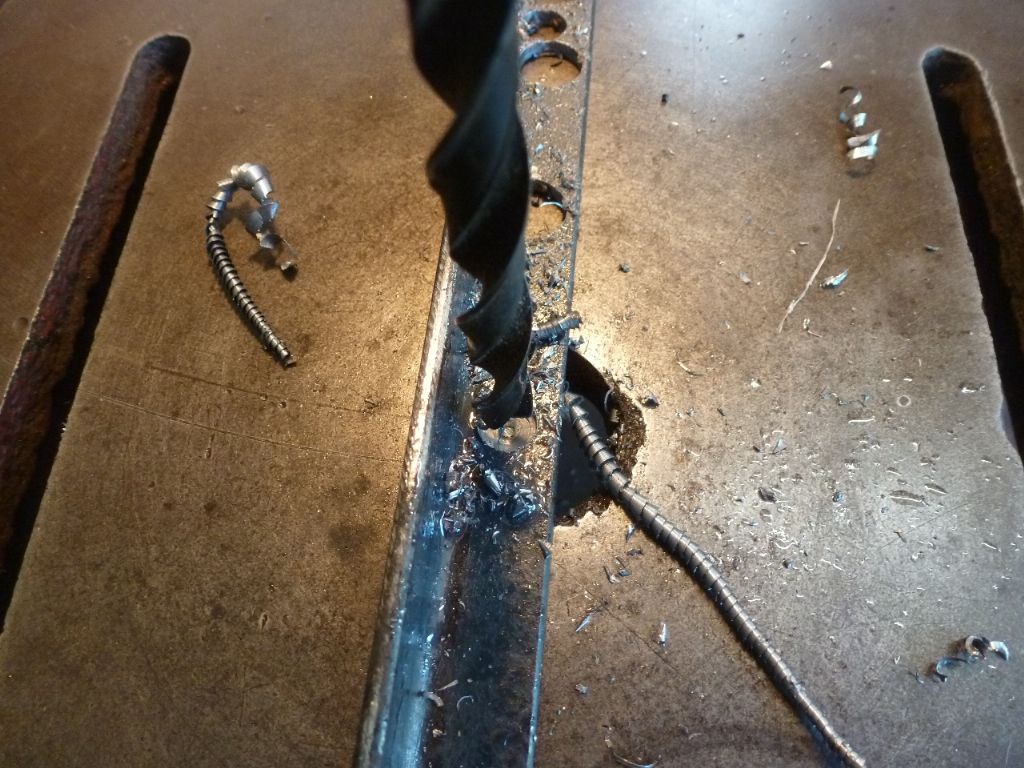


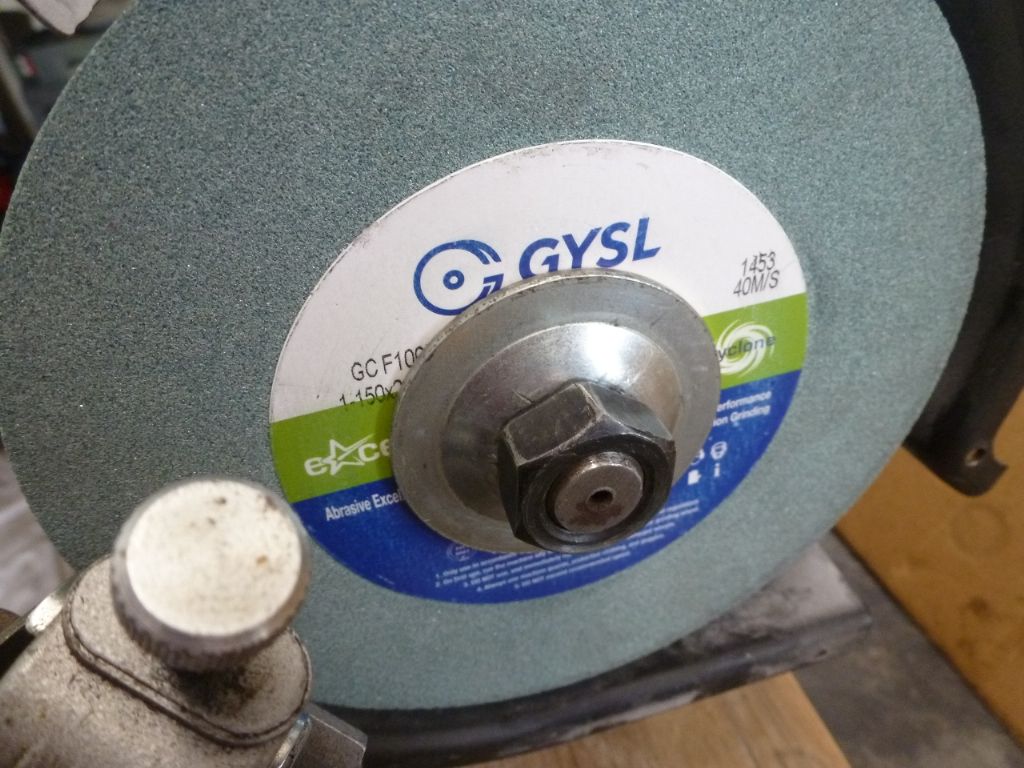
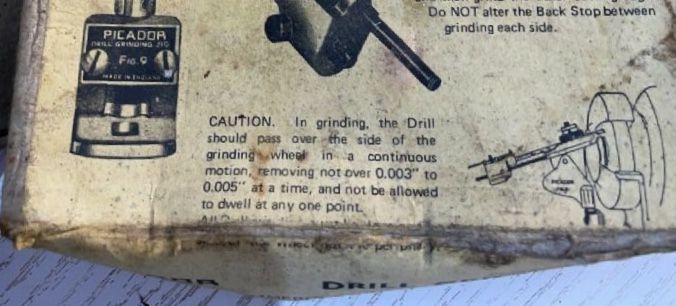











 Register
Register Log-in
Log-in


